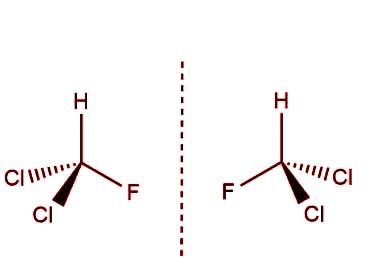To find the capacitance of a capacitor using flashing and quenching of a neon lamp.
Equipment:
A capacitor of unknown capacitance, capacitors of known capacitance (such as 0.1, 0.2, 0.5 μF), a neon flash lamp, a known resistance, a regulated D.C. power supply that can provide up to 250 volts, and five switches.
Procedure:
- Make a connection scheme, as per illustrations, and make the connections accordingly. Slowly increase the voltage until the neon lamp just starts flashing. As it is connected in parallel with the capacitance C1 having key K 1, it will start flashing and quenching. Record the flashing and quenching time for 20 flashes.
- Disconnect the power supply by removing key K. Insert key K 4 so that the capacitors and Cx (of unknown capacitance) are connected in parallel and the total capacitance is equal to their sum C1 + Cx. Re-engage key K, ensuring that the power supply voltage remains constant. Record the time of 20 flashes. Remove keys K, K 4, and K 1.
- Repeat the experiment with capacitors C2 alone and (C2 + Cx); C3 alone and (C3 + Cx).
- Insert keys K 1 and K2 so that the total capacitance (C1 + C2) is in the circuit. Repeat the experiment with (C1 + C2) and then with [(C1 + C2) + Cx]. Similarly, repeat the experiment with (C1 + C3) and [(C1 + C3) + Cx], (C1 + C2 + C3) and [(C1 + C2 + C3) + Cx].
- Plot two graphs, one with values of known capacitance on the X-axis and flashing and quenching time t' (without the unknown capacitance) and the other with values of known capacitance on the X-axis and quenching and flashing time t'' (with the unknown capacitance) on the Y-axis. Using three different values of flashing and quenching time, draw three straight lines parallel to the X-axis that intersect the two graphs at points A and B, C and D, and E and F respectively. The unknown capacitance, Cx, can be calculated by:
Cx = AB = Cb - Ca
Cx = CD = Cd - Cc
Cx = EF = Cf - Ce
Mean AB + CD + EF = Cx = ....... μF
Where mu is the mean of the values obtained from the three straight lines.
Observations:
S.No. | Known Capacitance | Time for 20 flashes without Cx | Flashing and quenching Time t'
| Time for 20 flashes with Cx | Flashing and quenching Time t'’ |
|
C1 =
C2 =
C3 =
C1 + C2 =
C1 + C3 =
C1 + C2 + C3 = |
|
|
|
|
Precautions:
- The voltage from the D.C. power supply should be kept constant throughout the experiment.
- The resistor sealed in the cap of the neon lamp should be removed before using it for the experiment, or an alternative bulb without a resistor should be used.
- The time for 20 flashes should be accurately measured using a stopwatch or other timing device.
- The capacitors used in the experiment should be verified for accurate values before starting the experiment, and the connections between them should be checked for proper connections.
Let me know if you have more questions or if there is a specific topic that you would like to know more about.
.png)





If you have any doubts, please let me know